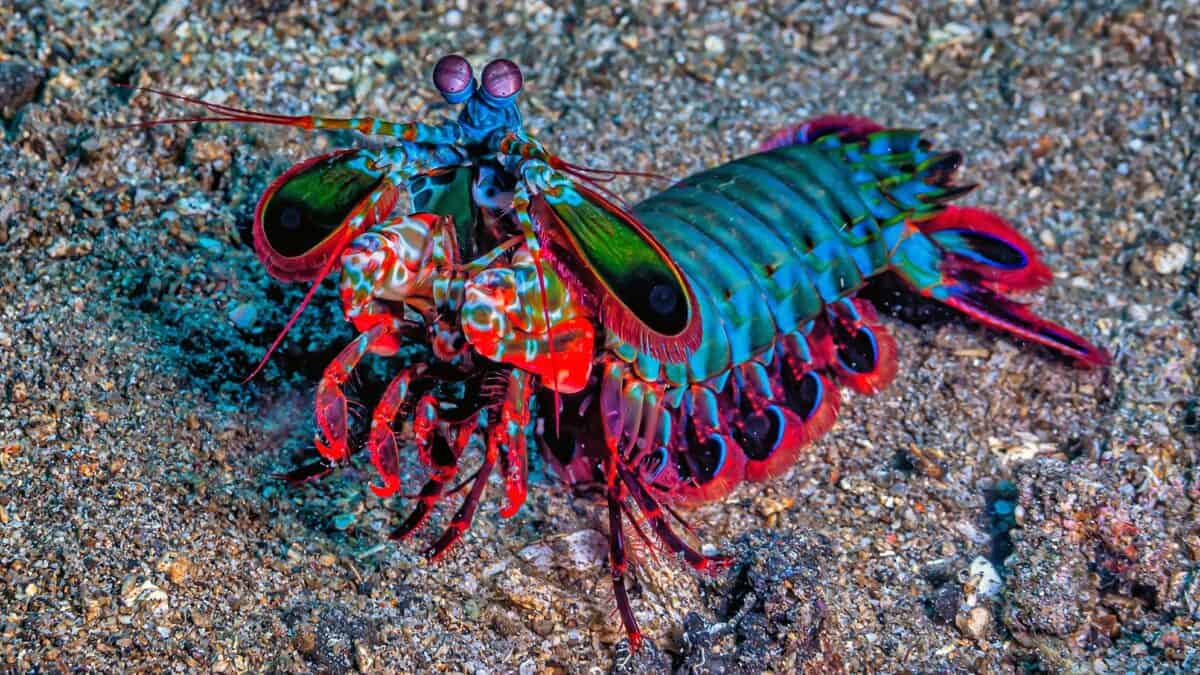The mantis shrimp is a marine crustacean that captivates scientists and animal enthusiasts alike with its extraordinary abilities. With its brilliant colors and remarkable hunting skills, this creature is a true marvel of the underwater world. Despite its name, the mantis shrimp is neither a mantis nor a shrimp; its unique characteristics set it apart in the animal kingdom.
The Diverse World of Mantis Shrimp

There are over 450 species of mantis shrimp, nestled within the order Stomatopoda. These fascinating creatures are usually found in the warm, shallow waters of the Indian and Pacific Oceans. Though they vary in size, typically ranging from 2 to 7 inches, some species can grow as long as 18 inches. Known for their vibrant hues, mantis shrimp exhibit a kaleidoscope of colors, including shades of green, blue, red, and orange.
Masters of Hunting Two Distinct Strategies

Mantis shrimp are formidable predators, thanks to their unique hunting methods. These methods are broadly categorized into two types based on the morphology of their specialized appendages: spearers and smashers.
Speakers: have spiny appendages used to impale soft-bodied prey like fish. These spines are equipped with barbs to securely grip their prey, enabling the mantis shrimp to swiftly retract their catch.
Smashers: on the other hand, have club-like appendages that can deliver powerful blows to break open the hard shells of prey like crabs, snails, and other mollusks. These clubs move with accelerated force, making the mantis shrimp one of the fastest-striking animals on the planet.
The Science Behind the Silent Strike
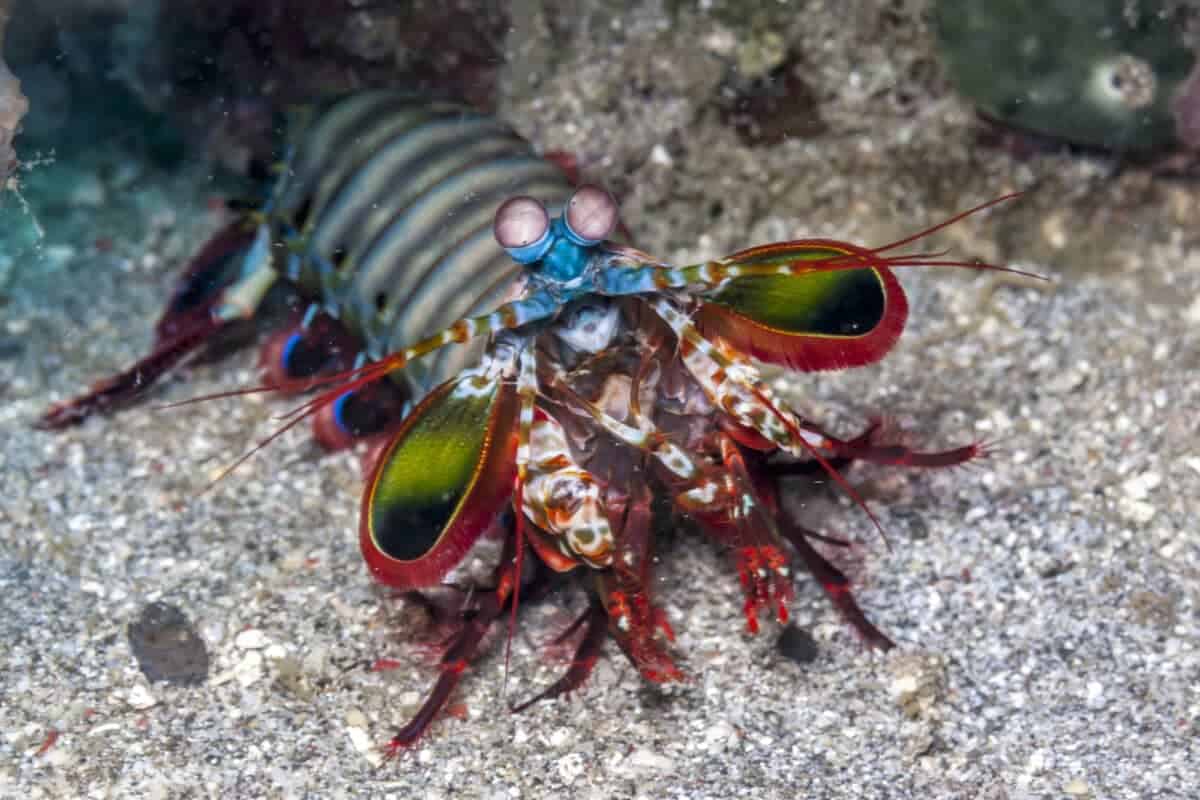
Mantis shrimp are renowned for their “silent strike,” a fascinating phenomenon that leaves prey little chance to escape. The strike is nearly inaudible underwater, masking the approach and attack from both prey and potential competitors. The power behind a mantis shrimp’s strike is derived from a spring mechanism within its limbs. This intricate system stores energy and releases it explosively, much like a crossbow. At the peak of their attack, the appendages of a mantis shrimp accelerate with 10,000 g-force, delivering a punch that can shatter glass aquarium walls. In addition to the mechanical blow, the speed of the strike produces cavitation—tiny bubbles forming and collapsing—releasing additional energy that can injure prey even if it initially escapes direct contact.
Exceptional Vision Seeing the Invisible
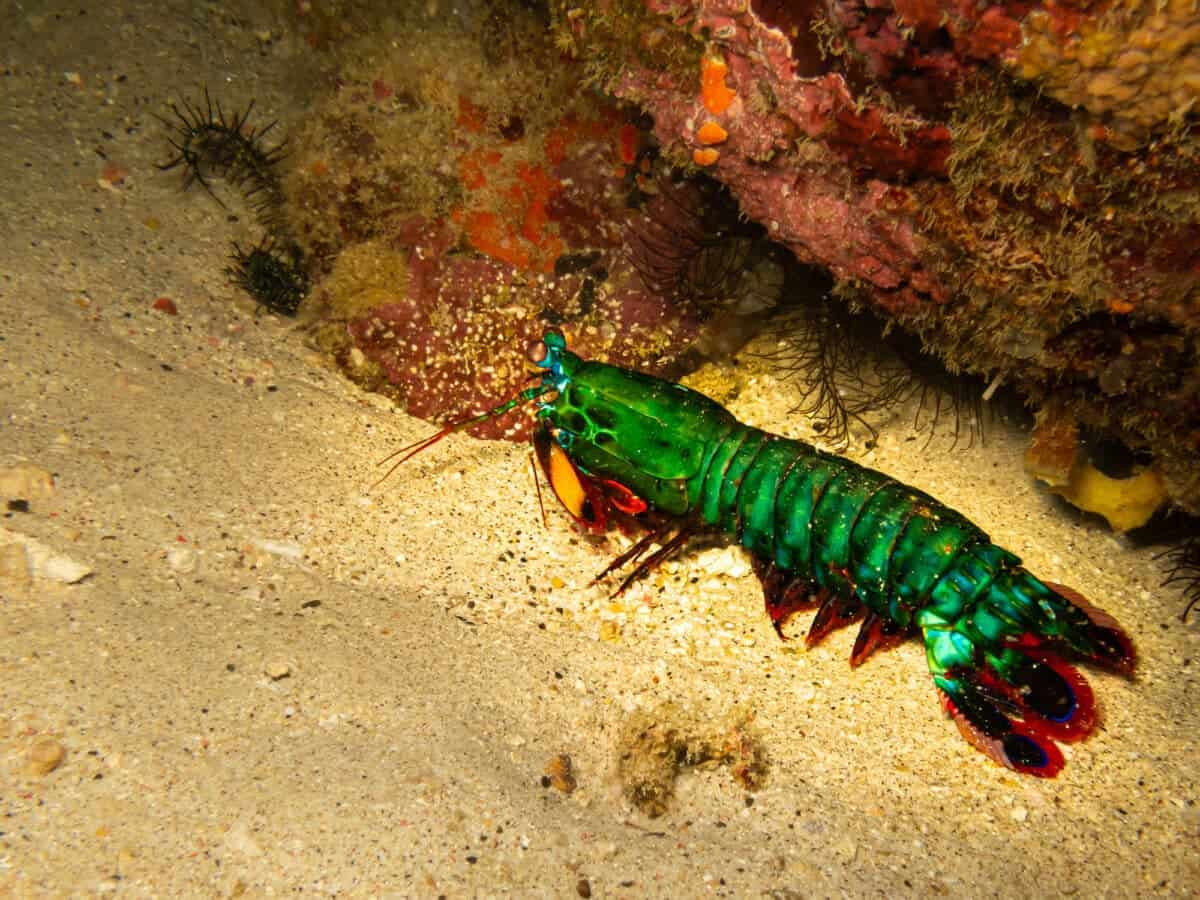
Mantis shrimp also boasts one of the most sophisticated visual systems in the animal kingdom. With up to 16 types of photoreceptor cells, compared to humans’ three, they can detect a broad spectrum of light, including ultraviolet and polarized light. This visionary prowess provides them with an unparalleled view of their environment, aiding them in locating prey and navigating the complex underwater landscape.
The Role of Mantis Shrimp in Marine Ecosystems
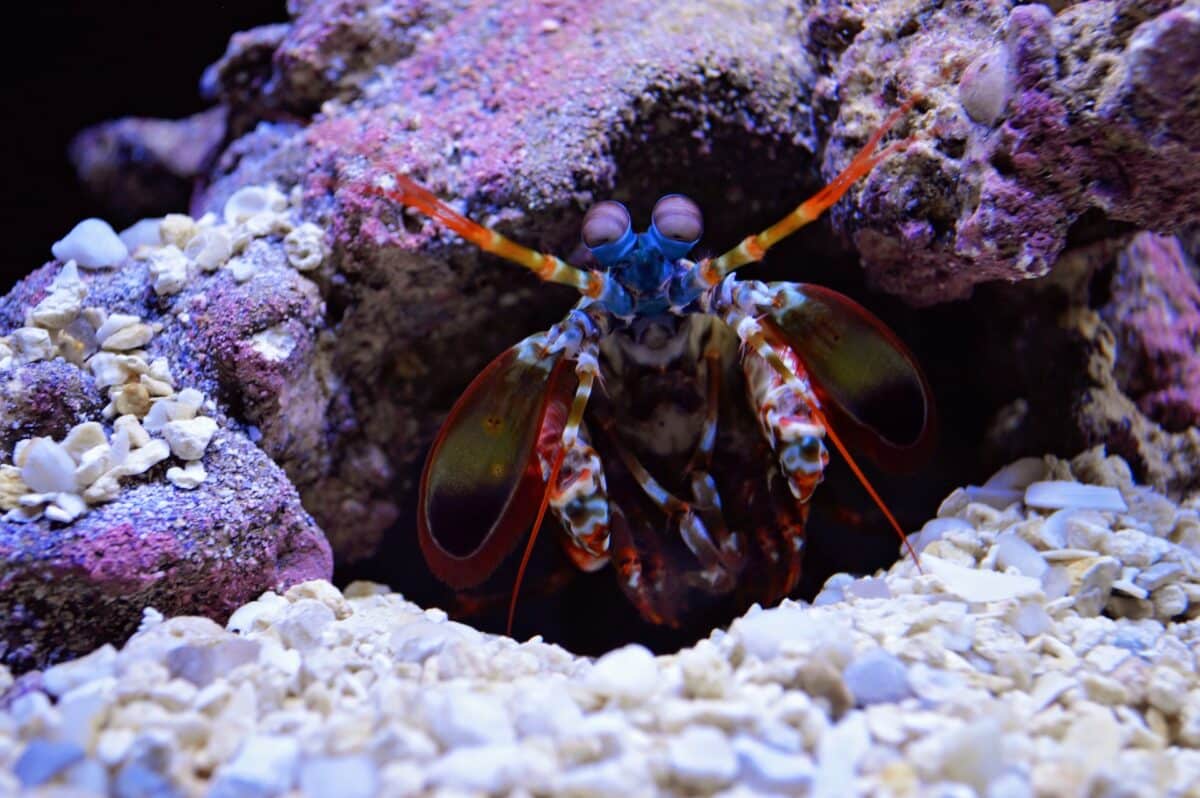
By preying on a variety of organisms, mantis shrimp play a crucial role in maintaining the balance of marine ecosystems. They help control the populations of various species, which can prevent any single species from overwhelming its habitat. Additionally, as prey for larger marine animals, they are an integral part of the oceanic food web.
Conclusion: The Marvel of Mantis Shrimp
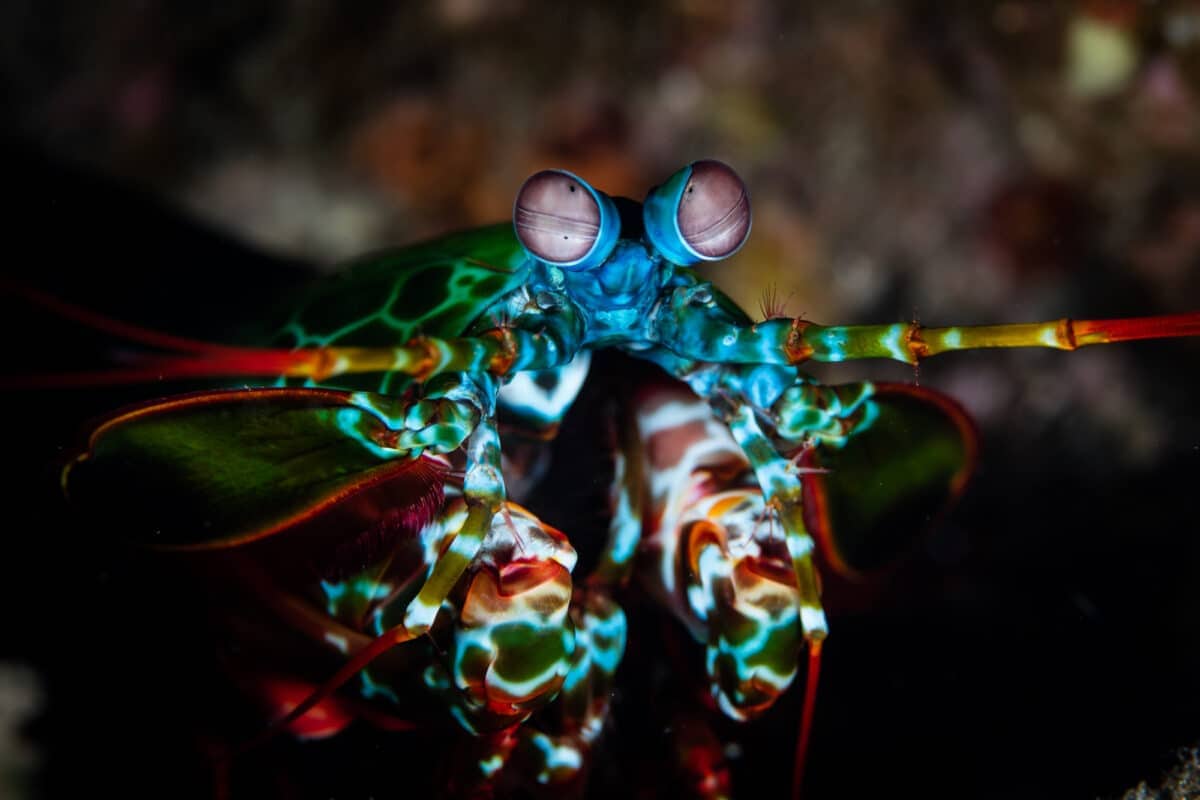
The mantis shrimp is a testament to the wonders of evolution, showcasing adaptability and specialization that astound researchers and nature enthusiasts. Their unparalleled hunting strategies, exceptional vision, and importance within their ecosystems underscore not only their uniqueness but also the delicate intricacies of marine life. As scientists continue to study these fascinating creatures, the mantis shrimp will undoubtedly maintain its status as one of the most intriguing inhabitants of the ocean’s depths.
- The Secretary Bird A Raptor That Hunts on Foot - August 9, 2025
- 10 Dog Breed Restrictions That Stir Controversy in U.S. States - August 9, 2025
- 13 Animals That Outsmart Their Predators - August 9, 2025

